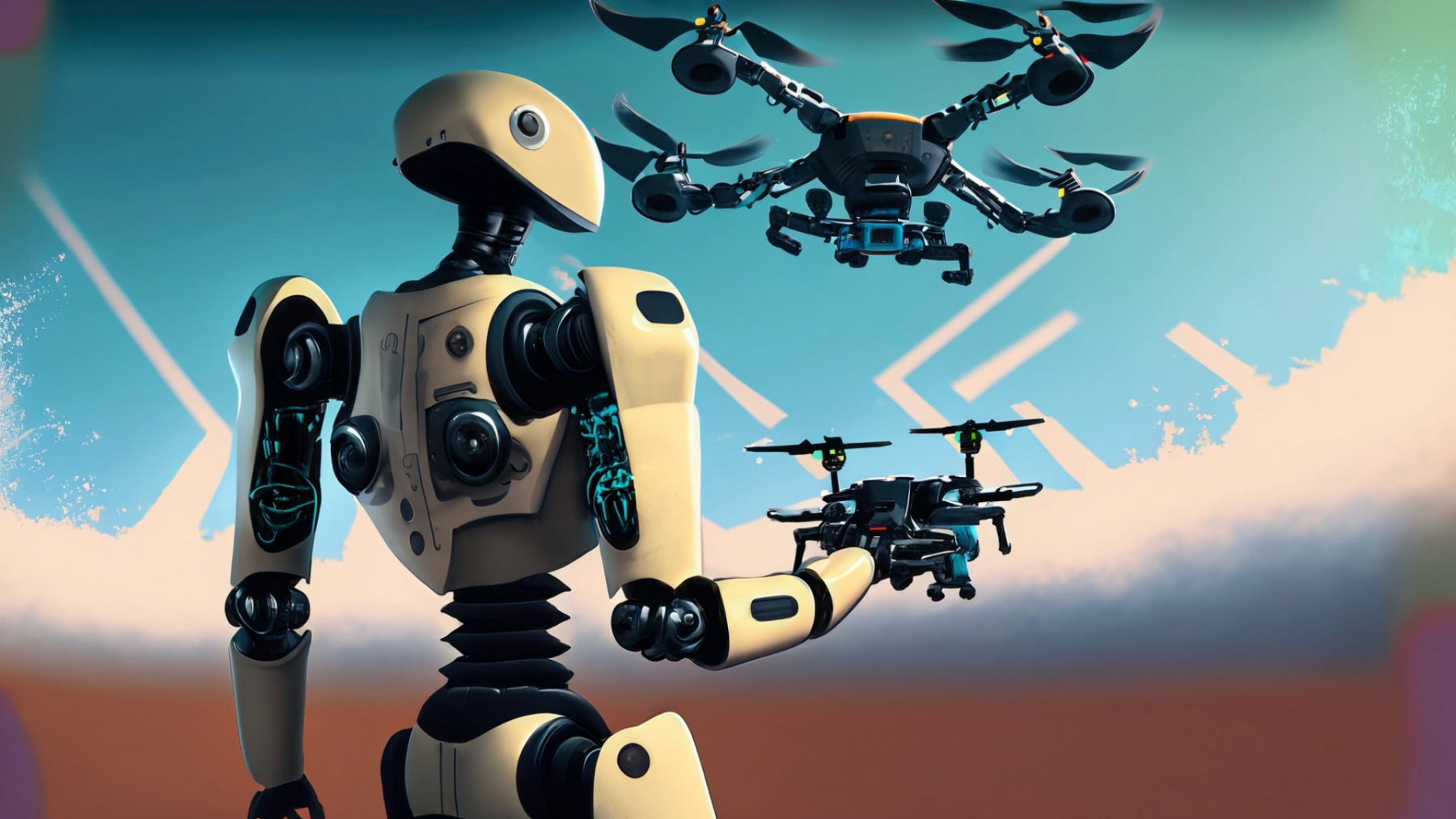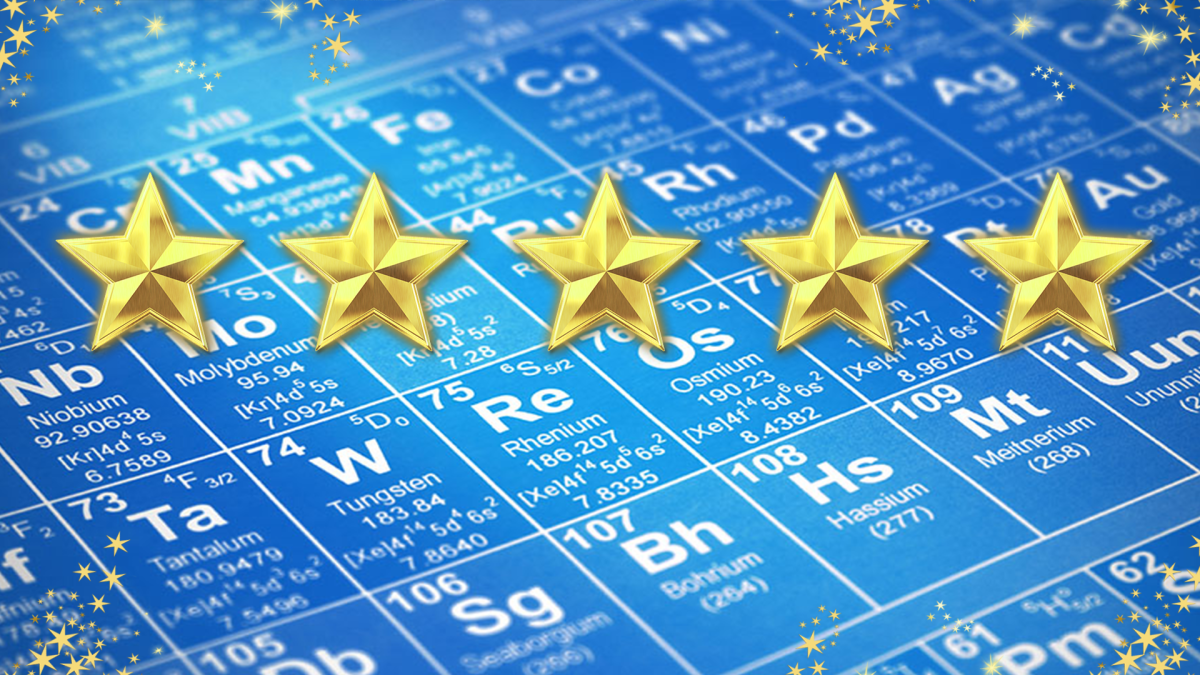
Developing Predictive Models
by Amanda Sibley
In this lesson students will collect data on the performance of their drone. Students will design a systematic process of data collection that will then lead to the development of a predictive model that they can use to predict a power and time duration that would be required to move the drone through a constructed maze. The purpose of this lesson is for students to strategically collect data and look for a regular pattern that can be used to describe that pattern. This will ultimately not be efficient enough to accurately control the drone which will then require learning about coding and sensor integration.
This is lesson 5 in the coding drones lesson sequence.
Lesson Plan Link/URL
https://docs.google.com/presentation/d/153v8ONbPjixow3n64VyymygEJ2shg7Tm/edit?u…Related Content

Grades:
Kindergarten, 1st Grade, 2nd Grade, 3rd Grade, 4th Grade, 5th Grade, 6th Grade, 7th Grade, 8th Grade, 9th Grade, 10th Grade, 11th Grade, 12th Grade
Students (or teacher) create an escape room to align with any math (or science or any subject) standards. Can incorporate various technology (chromebooks, laser pointers, etc and students will need to

Grades:
9th Grade, 10th Grade, 11th Grade, 12th Grade
The first rule in the chemistry lab is “don’t eat or drink or lick anything in the lab”! This lesson breaks those rules and shows students how culinary is really a practical application of chemistry

Grades:
9th Grade, 10th Grade, 11th Grade, 12th Grade
This STEM Argumentative Research Project engages students in exploring the scientific, ethical, and societal implications of themes in Mary Shelley's "Frankenstein." Students will work in groups to